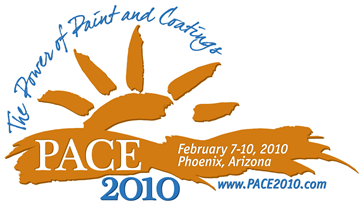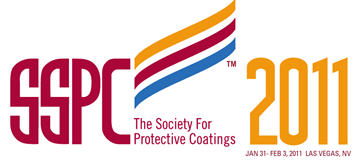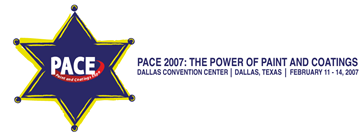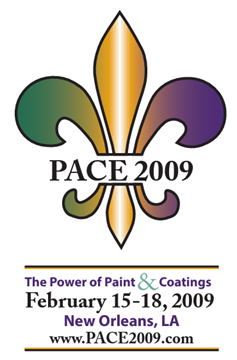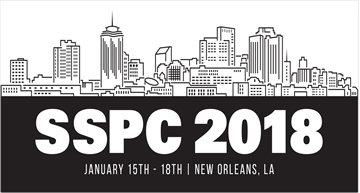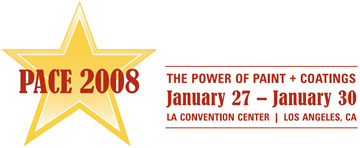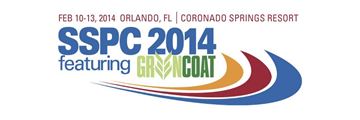Search
Products tagged with 'coating systems'
View as
Sort by
Display
per page
Early Test Results of One-Coat Systems Applicable to Steel Bridge Structures
Product Number:
41208-427-SG
Publication Date:
2008
$20.00
Effects of Blasting Methods on the Performance of Organic Coatings
Product Number:
41206-267-SG
Publication Date:
2006
$20.00
Environmentally Friendly Graffiti Resistant Coatings:Waterborne Polyurethane Coatings for Bridge Infrastructure That Actually Work
Product Number:
41210-567-SG
Publication Date:
2010
$20.00
Epoxy Revolutionizes Water and Wastewater Underground Infrastructure Protection and Rehabilitation with Energy Efficient Green Technology
Product Number:
41211-660-SG
Publication Date:
2011
$20.00
Fast Cure Without Compromise: Enhanced Productivity Through Fast-Cure High Performance Coatings
Product Number:
51219-214-SG
Publication Date:
2019
$20.00
Innovative Colorants for Coatings Industry (Easy Dispersing and Low VOC Colorants)
Product Number:
41210-547-SG
Publication Date:
2010
$20.00
Major keys to Cost Effective Surface Preparation for Superior Coating Performance Corrosion Protection and Long Service Life
Product Number:
41209-505-SG
Publication Date:
2009
$20.00
Meeting Expectations When Specifying Concrete Rehabilitation
Product Number:
51218-103-SG
Publication Date:
2018
$20.00
Natural Oil Derivatives in Spray Elatomer Coatings
Product Number:
41208-396-SG
Publication Date:
2008
$20.00
OAP Coating Systems & Linings for Petroleum & Water Storage Tanks
Product Number:
51220-286-SG
Publication Date:
2020
$20.00
Performance of Two-Coat v/s Three Coat Paint Systems
Product Number:
41214-829-SG
Publication Date:
2014
$20.00



